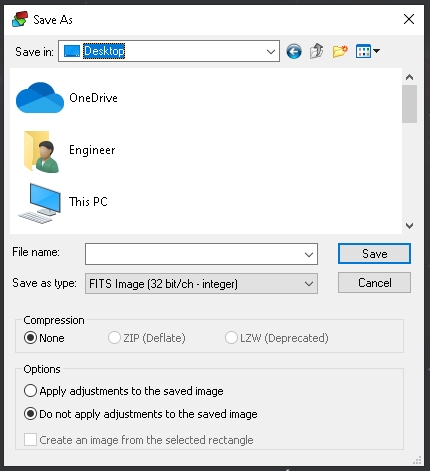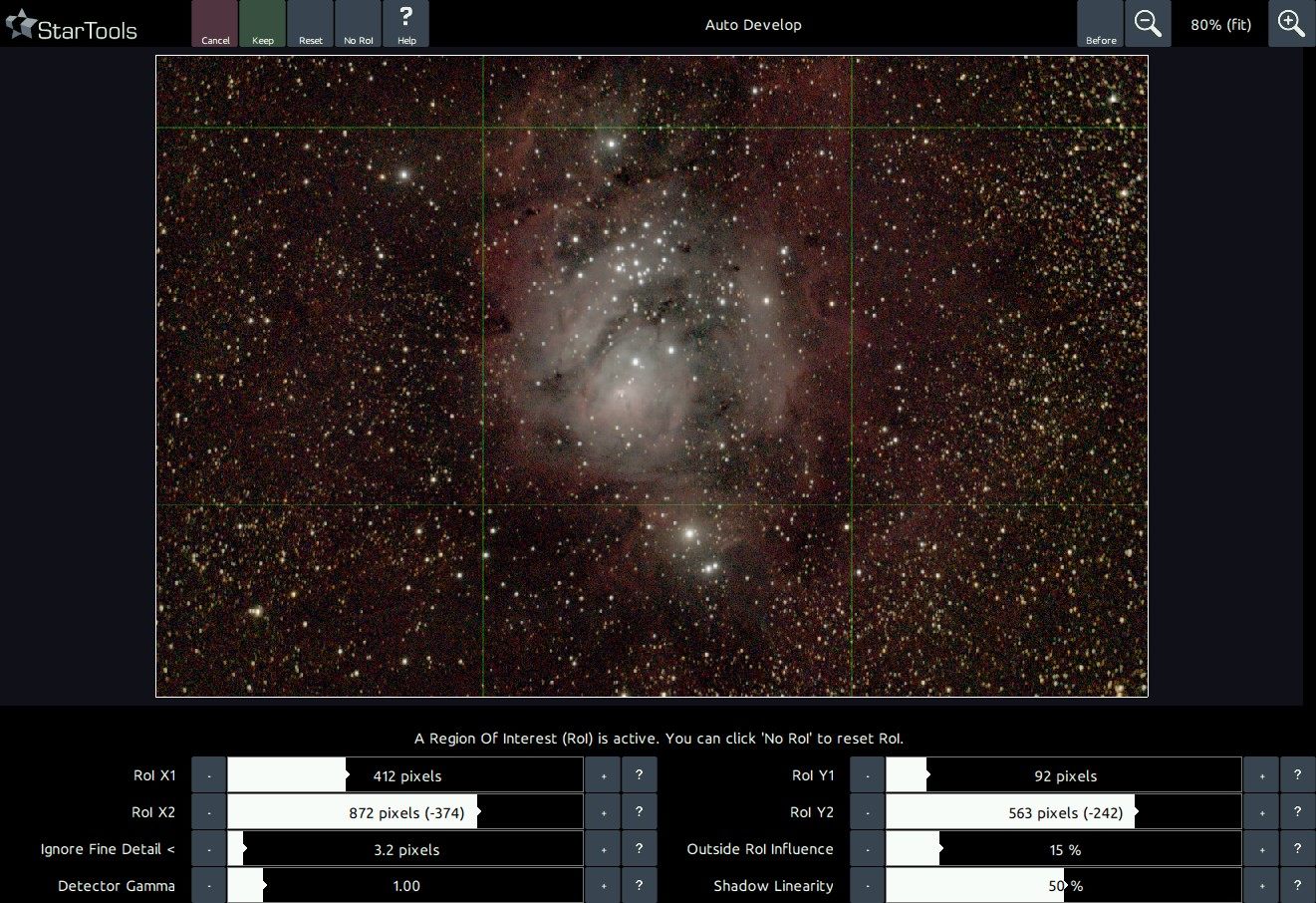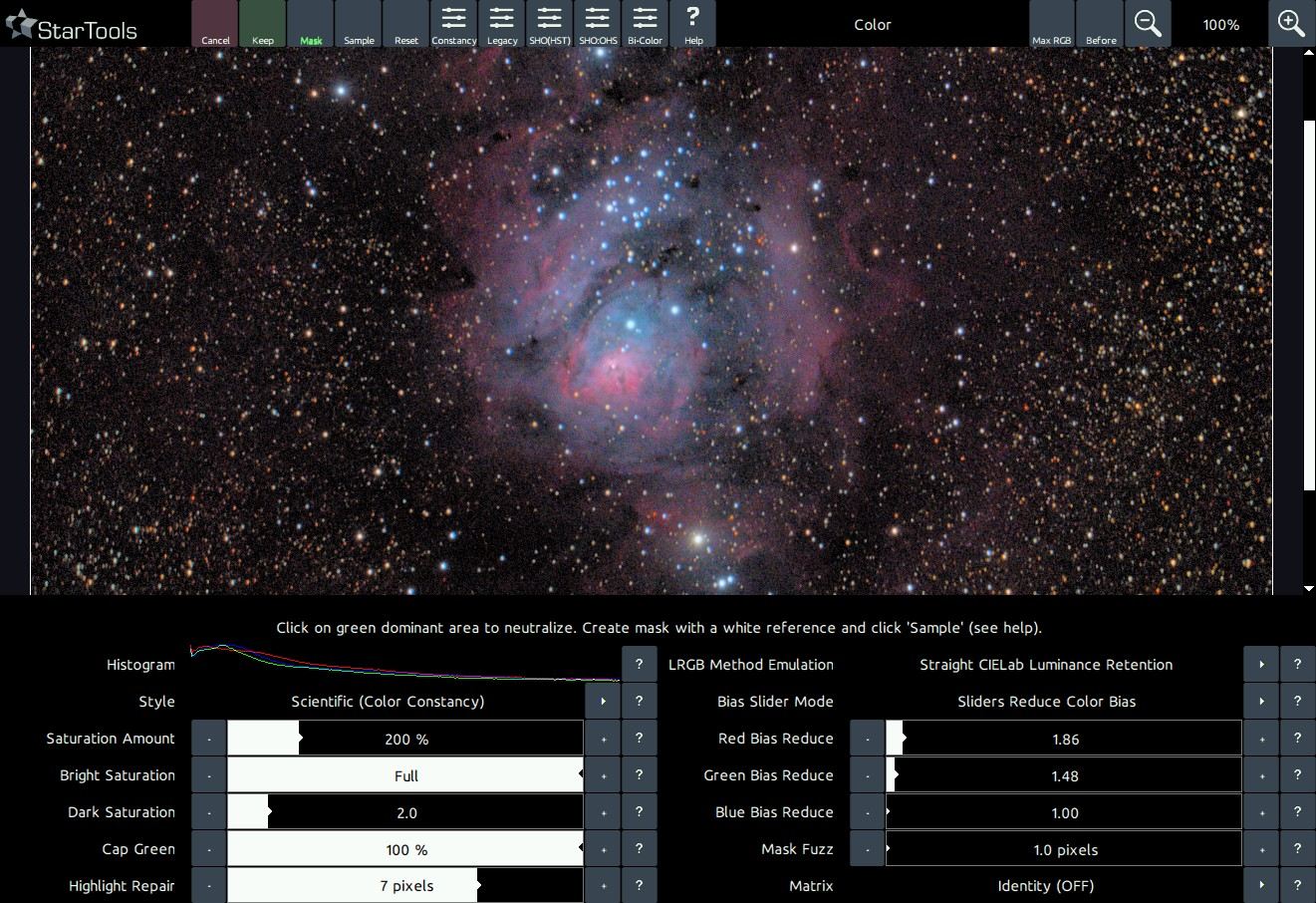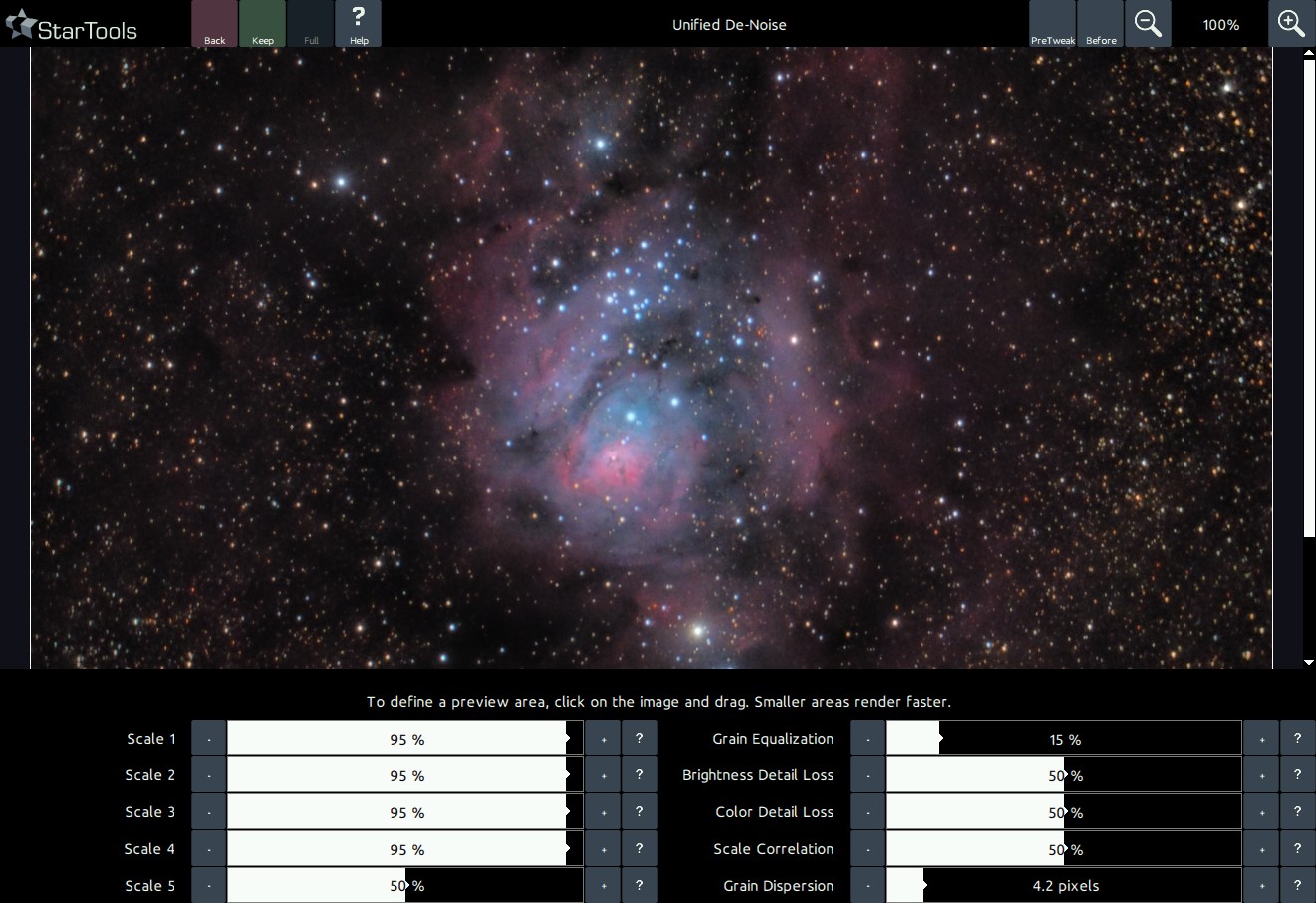- Introduction
- Quick Start
Quick Start Tutorial: a quick generic work flow

Getting to grips with new software can be daunting, but StarTools was designed to make this as painless as possible. This quick, generic work flow will get you started.
While processing your first images with StarTools, it may help knowing that the icons in the top two panels roughly follow a recommended workflow when read top to bottom, left to right.
The screenshots in this quick start tutorial, use an intentionally modest, flawed DSLR dataset to demonstrate some common pitfalls. If, however, you process high quality OSC, mono CCD, space telescope or space probe datasets, whether they be narrowband or visual spectrum datasets, you will be happy to know that the general workflow and considerations are substantially the same.
Workflows

With a suitable dataset, workflows in StarTools are simple, replicable and short. Most modules are visited only once, with a clear purpose.
If you are familiar with other processing applications, you may be surprised with the seemingly erroneous mixing of modules that operate on linear vs non-linear data.
In StarTools, this important distinction is abstracted away, thanks to the signal evolution Tracking engine. In fact, it lets you do things, with ease, that are hard or impossible in other applications.
Step 1: Import, start Tracking

Open an image stack ("dataset"), fresh from a stacker. Make sure the dataset was stacked correctly, as StarTools, more than any other software, will not work (or work poorly) if the dataset is not stacked correctly or has been modified beforehand. Your dataset should be as "virgin" as possible, meaning unstretched, not colour balanced, not noise reduced and not deconvolved. Please consult the "starting with a good dataset" section in the "links & tutorials" section.
Upon opening an image, the Tracking dialog will open, asking you about the characteristics of the data. Choose the option that best matches the data being imported. If your dataset comes straight from a stacker, the first option is always safe. The second option may yield even better results if certain conditions are met. Depending on what you choose here, StarTools may work exclusively on the luminance (mono) part of your image, bringing in color later; StarTools is able to seamlessly process color and detail separately (yet simultaneously).
Tracking is now engaged (the Track button is lit up green). This means that StarTools is now monitoring how your signal (and its noise component) is transformed as you process it.
Once imported, counter-intuitively, a good stacker output will have a distinct, heavy color bias with little or no apparent detail. Worry not; subsequent processing in StarTools will remove the color bias, while restoring and bringing out detail. If, looking at the initial image, you are wondering how on earth this will be turned into a nice picture, you are often on the right track.
Step 2: Inspect your dataset

Launch AutoDev to help inspect the data. Chances are that the image looks terrible, which is - believe it or not - the point. In the presence of problems, AutoDev will show them until they are dealt with. Because StarTools constantly tries to make sense of your data, StarTools is very sensitive to artefacts, meaning anything that is not real celestial detail (a single color bias, stacking artefacts, dust donuts, gradients, terrestrial scenery, etc.). Just 'Keep' the result. StarTools, thanks to Tracking, will allow us to redo the stretch later on.
At this point, things to look out for are;
- Stacking artefacts close to the borders of the image. These are dealt with in the Crop or Lens modules
- Bias or gradients (such as light pollution or skyglow). These are dealt with in the Wipe module.
- Oversampling (meaning the finest detail, such as small stars, being "smeared out" over multiple pixels). This is dealt with in the Bin module.
- Coma or elongated stars towards one or more corners of the image. These can be ameliorated using the Lens module.
Make mental notes of any issues you see.
Step 3

Step 3: Prep
Fix the issues that AutoDev has brought to your attention;
- Ameliorate coma using the Lens module.
- Crop any remaining stacking artefacts.
- Bin the image up until each pixel describes one unit of real detail.
- Wipe gradients and bias away. Be very mindful of any dark anomalies - bump up the Dark Anomaly filter if dealing with small ones (such as dark pixels) or mask big ones (such as large dust donuts) out using the Mask editor.
The importance of binning your dataset cannot be overstated. It will trade "useless" resolution for improved signal, making your dataset much quicker and easier to process, while allowing you to pull out more detail.
Step 4: Final global stretch

Once all issues are fixed, launch AutoDev again and tell it to 'redo' the stretch. If all is well, AutoDev will now create a histogram stretch that is optimised for the "real" object(s) in your cleaned-up dataset.
If your dataset is very noisy, it is possible AutoDev will optimise for the fine noise grain, mistaking it for real detail. In this case you can tell it to Ignore Fine detail.
If your object(s) reside on an otherwise uninteresting or "empty" background, you can tell AutoDev where the interesting bits of your image are by clicking & dragging a Region Of Interest ("RoI"). There is no shame in trying multiple RoIs. AutoDev will keep solving for a global strecth that best shows the detail in your RoI.
Understanding how AutoDev works is key to getting superior results with StarTools.
If even visible, don't worry about the colouring just yet - focus getting the detail out of your data first. If your image shows very bright highlights, know that you can "rescue" them later on using, for example, the HDR module.
Step 5: Detail enhancement

Season your image to taste. Dig out detail with the Wavelet Sharpen ('Sharp') module, enhance Contrast with the Contrast module and fix any dynamic range issues with the HDR module.
Next, you can often restore blurred-out detail (for example due to an unstable atmosphere) using the easy-to-use Decon (deconvolution) module.
There are many ways to enhance detail to taste and much depends on what you feel is most important to bring out in your image. As opposed to other software, however, you don't need to be as concerned with noise grain propagation; StarTools will take care of noise grain when you finally switch Tracking off.
Step 6: Color calibration

Launch the Color module.
See if StarTools comes up with a good colour balance all by itself. A good colour balance shows a good range of all star temperatures, from red, orange and yellow through to white and blue. HII areas will tend to look purplish/pink, while galaxy cores tend to look yellow and their outer rims tend to look bluer.
Green is an uncommon colour in outer space (though there are notable exceptions, such as areas that are strong in OIII such as the core of M42). If you see green dominance, you may want to reduce the green bias. If you think you have a good colour balance, but still see some dominant green in your image, you can remove the last bit of green using the 'Cap Green' function.
StarTools is famous for its Color Constancy color rendering. This scientifically useful mode shows colours (for example nebula emissions) in the same color, regardless of brightness. However, if you prefer the more washed out and desaturated colour renderings of older software you can use the Legacy preset.
If your dataset has misaligned color channels or your optics suffer from chromatic aberration, the default colour balance may be off. Consult the Color module documentation for counter measures and getting a good colour balance.
After colour calibration, you may wish to shrink stellar profiles, or use the Super Structure module ot manipulate the super structures relative to the rest of the image (for example to push back busy star fields).
Step 7: Final noise reduction, switching Tracking off

Switch Tracking off and apply noise reduction. You will now see what all the "signal evolution Tracking" fuss is about, as StarTools seems to know exactly where the noise exists in your image, snuffing it out.
Step 8
Enjoy your final image!
If you find that, despite your best efforts, you cannot get a significantly better result in StarTools than in any (yes any!) other software, please contact us.
Video
A video is also available that shows a simple, short processing workflow of a real-world, imperfect dataset.
Please refer to the video description below the video for the source data and other helpful links.
You may also be interested in...
- N. Gialiris, Canada (under Testimonials)
- Tutorial videos (under Links & tutorials)
- STReplay (under 3rd party tutorials and resources)
- Introduction (under Features & Documentation)
You are forgiven if, at first glance, you get the impression StarTools offers only the basics.
